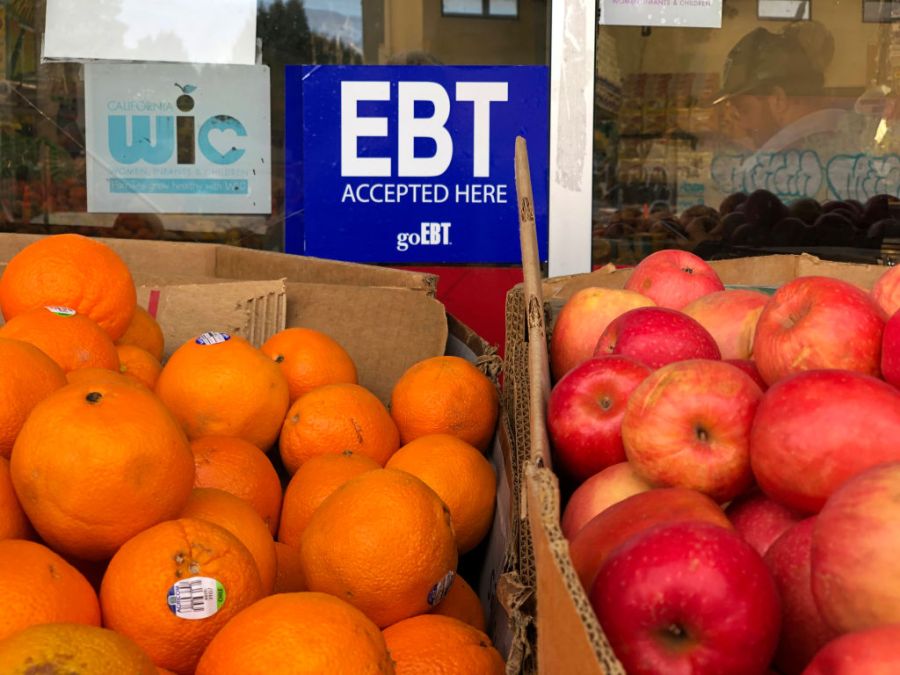Code for America releases state playbook for summer EBT program

The civic tech nonprofit Code for America released a playbook Wednesday to help state governments connect students to nutritious food options over the summer through a new federal initiative called the Summer Electronic Benefits Transfer program.
Summer EBT is a program led by the U.S. Food and Drug Administration aiming next year to support the nutritional well-being of the nearly 30 million children who receive free or reduced-price school meals. The $3.6 billion initiative builds upon the USDA’s Pandemic EBT program, which helped reduce hunger and food insecurity among school-aged children during its run, according to a 2020 report by the Hamilton Project.
“This is really a once in a generation opportunity to sort of influence and plan for a program like this at this scale,” Eleanor Davis, director of government innovation on Code for America’s safety net team, said in an interview with StateScoop. “There are some hurdles that states are going to have to jump through to really implement this program.”
In an effort to help states overcome these hurdles, Code for America teamed up with No Kid Hungry, a nonprofit that works to end child hunger, to create the playbook.
The USDA program, which was established by the December 2022 Omnibus bill, will provide eligible households with $40 per child per month in a pre-loaded card to purchase groceries. States have until Jan. 1 to opt in to the program and must submit implementation plans by Feb. 15. As of Monday, 18 states, tribal nations and territories had already opted into the program, Davis said.
“The Summer EBT program was identified as the most effective solution to address summer hunger,” Marisa Kirk-Epstein, senior director of research, data and policy analysis with No Kid Hungry, told StateScoop. “But a lot of work is needed to get this program up and running in the next year and although we have these great models to lean on, a lot of challenges were identified that really need to be worked through.”
Davis and Kirk-Epstein both said that accessing the necessary data to identify eligible students can be a challenge as many states lack centralized databases. As a result, they said, states will have to coordinate with school districts to aggregate data from free and reduced-priced meal programs or the federal Supplemental Nutrition Assistance Program.
The playbook also aims to help states format accessible applications and show them how to communicate effectively and conduct outreach to encourage participation.
“They’re going to need clear, transparent, consistent information from sources that they know and trust about what the program is, how they can use those benefits, how they know if their children are eligible and how to access the program,” Davis said. “Families are going to need help navigating this new program.”




